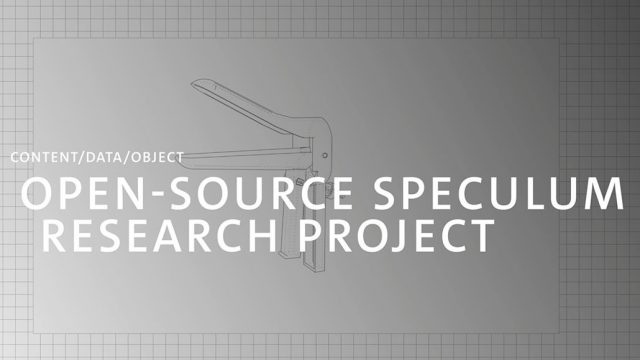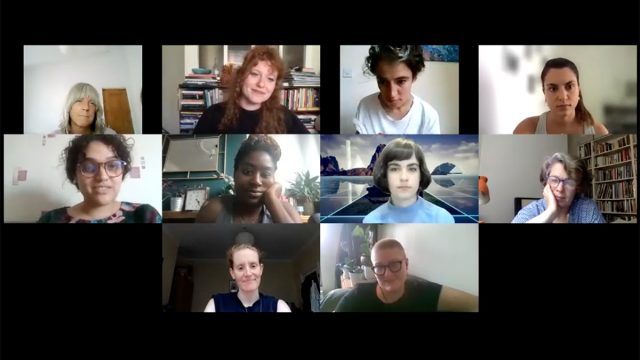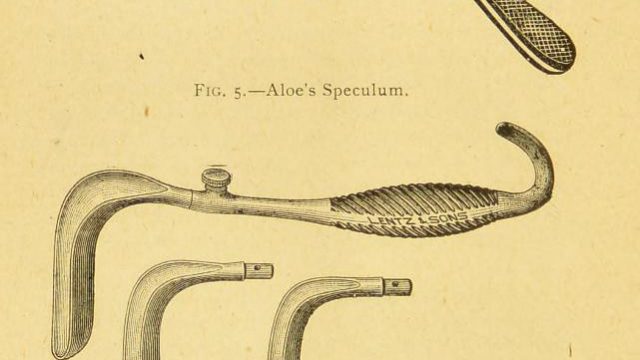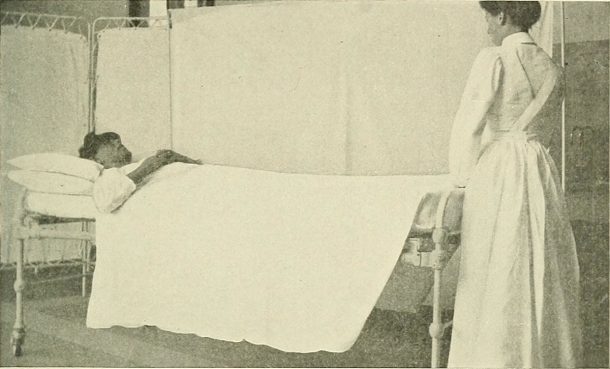
In 1997, Tim Berners-Lee famously told the member organisations of the World Wide Web Consortium that ‘the power of the Web is in its universality. Access by everyone, regardless of disability, is an essential aspect.’
What does ‘access’ really mean in practice, though, when it comes to the everyday encounters of working and living with the digital aspects of materials – from designs, code and prototypes to knowledge itself? The GynePunk 3D-printed speculum shows us the value of asking questions like these with a critical eye and an ear to the ground.
GynePunk is made up of many pieces which constitute a rich tapestry of innovation, resilience and resistance crafted by communities on the margins. For GynePunk, it is not only the use of common medical objects such as the speculum that matters, but also the places they come from and the social relations that have brought them into being.
In looking into the histories of gynaecological innovation, we find that the invention of the speculum, a seemingly innocuous instrument for detecting and repairing common medical problems such as obstetric fistulae, was borne out of the use of enslaved peoples as powerless research subjects and in particular African-American women, who were operated on without anaesthetic. The exploitation and control of marginalised communities in the name of science is nothing new, but these kinds of stories are all too often omitted in the origin tales of scientific progress. The philosopher Michel Foucault described these omissions as a crucial part of ‘power-knowledge’, or the way power is exerted in society through discursive mechanisms that reinforce the dominance of certain types of knowledge alongside the suppression of others. One kind of tale maintained and nurtured in the popular imagination of a technosocial innovation, another dismissed.

Ethical concerns such as this complicate the concept of access. Who has the right to control the dissemination of medical knowledge? Who has the right to access and modify a woman’s body? These are the kinds of questions that GynePunk asks. TransHackFeminist and ‘cyborg witch’ Klau Kinky has discussed the Malleus Maleficarum (‘The Hammer of Witches’), a treatise on witchcraft written by Catholic clergymen in the 1400s, which features extensive instructions on how to kill women deemed to be witches. Witches are described as having the power of ‘glamour’ – but, as Kinky points out, this power, which the establishment was so afraid of, was simply the power of language – women and other marginalised peoples exchanging medical knowledge for themselves, by themselves. Here, power-knowledge was articulated as a form of heresy, because it was wielded not by those who dominate but instead by those on the margins.
As a means of redistributing this power in the current day, the digital material of GynePunk is available on Github as part of a digital commons or public resources that are made openly accessible for the collective benefit. The TransHackFeminists developed these designs as part of an autonomous gynaecology kit that anyone can access, in collaboration with the communities of open technology workshops commonly called hacklabs and makerspaces. These spaces represent the latest iteration of many generations of material knowledge exchanges, from craft to electronic tinkering, long deployed by communities on the margins. They offer alternative means of coming together, making things with limited resources and occupying space.
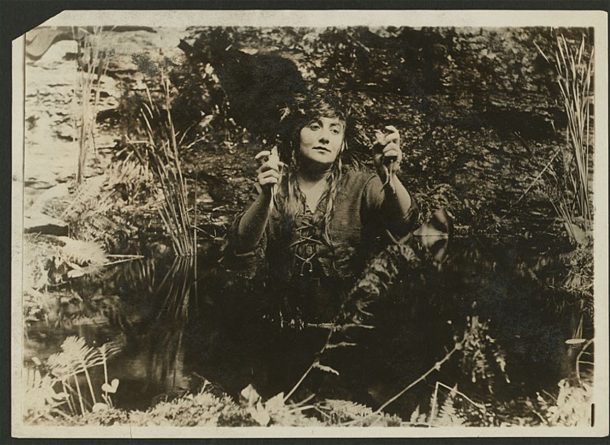
‘The way we imagine space has effects,’ the critical geographer Doreen Massey has argued, because the places we move through are not only made up of bricks and mortar, but also the product of social relations, ever-evolving webs of cooperation, dominance and contestation. Massey uses the term ‘power geometries’ to describe the spatial asymmetries of mobility and access experienced by different social groups according to intersecting dynamics of race, class and gender. Anyone who has had to avoid certain streets while walking home alone at night has experienced the impacts of power geometries, which are evident in every aspect of the spaces we move through.
Access to effective medical care is still an ongoing concern for many underserved groups around the world – from migrants and LGBTQ+ communities to sex workers and the uninsured. GynePunk, therefore, asks important questions about what an ethics of reproductive knowledge should look like, and how technological innovation can proceed in an unequal society. As a tool, it remains speculative since the materials required to fabricate it at a medical standard is prohibitively expensive. This means, however, that unlike many other artefacts placed in the echelons of museum collections, the GynePunk speculum is still very much alive. Its digital designs will sit, openly available, on the World Wide Web as long as there are platforms and archives to host it, just as Tim Berners-Lee had hoped. It is up to all of us – witches, hackers and tinkerers alike – to determine what comes next.
